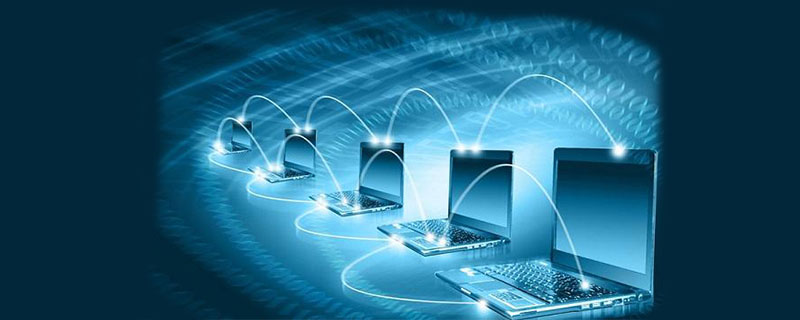Home >Common Problem >Multimedia communication types
Multimedia is a combination of multiple media, generally including text, sound, images and other media forms.

In computer systems, multimedia refers to a human-computer interactive information exchange and dissemination media that combines two or more media. The media used includes text, pictures, photos, sounds, animations and videos, as well as interactive features provided by the program. (Recommended learning: PHP video tutorial)
Multimedia communication technology is actually a combination of communication technology and multimedia technology. It uses various types of media information rooms and can Comprehensive processing of various data, audio and other materials. Multimedia communication technology integrates the advantages of multimedia and communication technology. It has the characteristics of interactivity, compositeness, distribution, and authenticity, and can provide people with a variety of information services.
Multimedia communication has three characteristics: interactivity, integration and synchronization, and all three are indispensable.
(1) Interactivity.
Interactivity is an important symbol that distinguishes multimedia communication systems from other communication systems. It refers to the mutual control capabilities between people and systems in communication systems. Interactivity provides users with complete interactive control capabilities over the entire communication process.
(2) Integration.
Multimedia communication systems need to have the ability to simultaneously process the collection, storage, transmission and display of information data. Since there are relatively complex relationships such as spatial relationships, time relationships, and link relationships between various media, multimedia communication must be integrated.
(3) Synchronicity.
Synchronicity is the fundamental symbol that distinguishes multimedia systems from each other. It is determined by the definition of multimedia, which means that the sounds, images and text displayed on the multimedia communication terminal must be synchronized.
Multimedia communication technical specifications and standards
MPEG-1 standard
MPEG-1 specifies the full range of 1.5~2.0Mbit/s digital storage media Representation of codecs and data streams for active video and audio information. The standard mainly consists of three parts: system, video and audio. The MPEG system coding layer describes the multiplexing syntax of various elementary streams (ES: Elementary Stream), such as compressed audio, video and other auxiliary data.
MPEG-2 standard
The MPEG-2 standard is mainly divided into four parts. The first part of the system explains the system coding layer of MPEG-2 and defines the multiplexing structure and real-time synchronization method of video and audio data; the second part of the video explains the coding representation of video data and the coding processing required to reconstruct the image. The process; the third part, audio, explains the encoded representation of audio data; the fourth part, the consistency test, explains the process of detecting the characteristics of the encoded bit stream and testing the consistency with the requirements of the above three parts.
MPEG-4 standard
The main goal of the MPEG-4 standard is to provide a new coding standard that supports new methods of digital AV information communication, access and operation, and is a fusion of various fields. The interactive AV terminal provides general solutions.
For more PHP related technical articles, please visit the PHP Graphic Tutorial column to learn!
The above is the detailed content of Multimedia communication types. For more information, please follow other related articles on the PHP Chinese website!